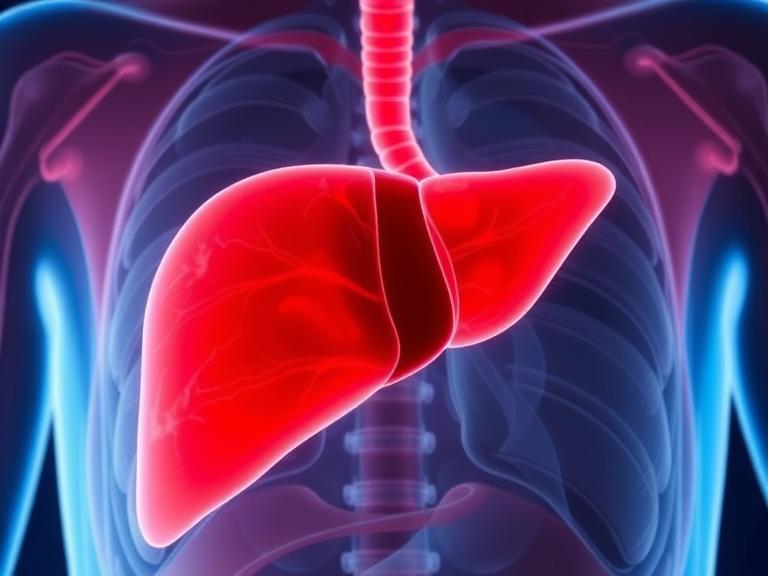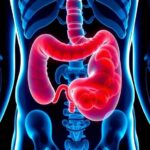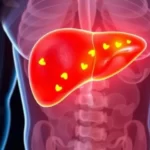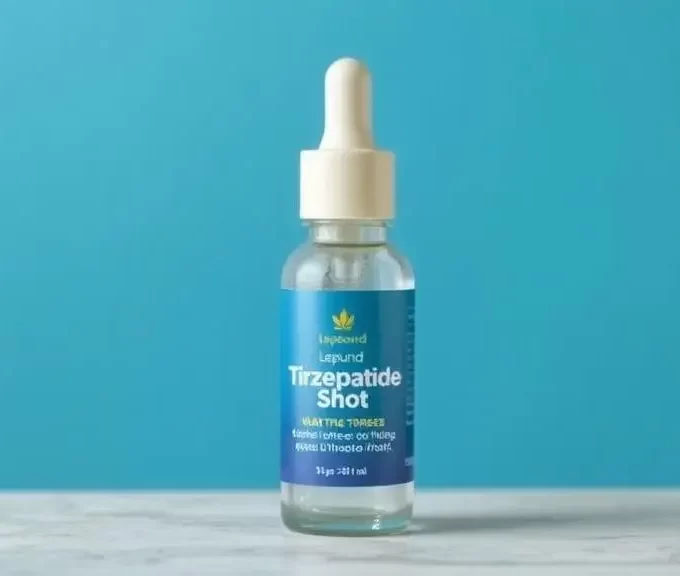Cirrhosis of the liver is a progressive and often silent liver disease where healthy tissue is gradually replaced with scar tissue, impairing the liver’s ability to function properly. This scarring process, known as fibrosis, interferes with the liver’s critical roles—including filtering toxins from the blood, processing nutrients and hormones, and producing essential proteins and enzymes.
What Causes Cirrhosis of the Liver?
The development of cirrhosis is typically slow and can be triggered by various chronic liver conditions. In Western countries, the most common causes include chronic alcohol use, hepatitis C, and non-alcoholic fatty liver disease (NAFLD), often linked to obesity and diabetes. However, there are other significant contributors as well:
Chronic viral infections such as hepatitis B and D (though the latter is rare) can inflame the liver over time, causing lasting damage. Autoimmune hepatitis, in which the immune system mistakenly attacks liver cells, also plays a role. Additionally, genetic conditions such as hemochromatosis (iron overload), Wilson’s disease (copper buildup), and alpha-1 antitrypsin deficiency can lead to cirrhosis. Less commonly, prolonged exposure to environmental toxins or medications may contribute to liver scarring.
Recognizing the Symptoms
Symptoms of cirrhosis of the liver vary with disease progression. Early stages are often silent. As liver function deteriorates, symptoms become more evident. These may include yellowing of the skin and eyes (jaundice), severe fatigue, itchy skin, easy bruising, loss of appetite or unexplained weight changes, swelling in legs, ankles, and abdomen, discoloured urine and pale stools, confusion or personality changes, and internal bleeding or blood in the stool.
Complications of Cirrhosis of the Liver
As cirrhosis advances, complications can arise, some of which may be life-threatening. These include:
- Portal hypertension: Increased pressure in the portal vein can lead to swollen veins (varices), which may rupture and bleed.
- Ascites: Fluid buildup in the abdomen, often painful and prone to infection.
- Hepatic encephalopathy: Toxin buildup in the brain causes mental confusion and memory issues.
- Liver cancer: Cirrhosis increases the risk of hepatocellular carcinoma.
- Kidney failure, diabetes, osteoporosis, and hormonal imbalances may also occur.
The Impact of Diet: Why Low-Sodium Matters
Managing cirrhosis effectively requires careful attention to diet. Sodium plays a key role in fluid retention, a serious concern for cirrhotic patients. High sodium intake can exacerbate swelling (edema) and ascites, both hallmark complications of advanced liver disease.
A low-sodium diet, typically characterised by a sodium intake of under 2,000 mg per day, helps manage fluid retention. Processed foods, canned soups, snacks, and certain condiments often contain high levels of sodium, not salt. Reading nutrition labels and choosing fresh, unprocessed foods are crucial steps.
Daily Meal Sample for Cirrhosis Patients
A well-balanced diet supports liver function and overall health. Here’s a simplified meal structure:
Morning: Oatmeal with fresh fruit, a boiled egg, and herbal tea.
Lunch: Grilled chicken breast, steamed broccoli, brown rice (unsalted), and a fresh salad with olive oil.
Evening: Lentil soup, whole grain toast, and steamed carrots.
Snacks: Unsalted nuts, apples, bananas.
All meals should be low in sodium and high in fiber, protein, and antioxidants.
Medication Cautions: Can Adderall Cause Cirrhosis of the Liver?
While Adderall, a stimulant medication used to treat ADHD, is not a direct cause of cirrhosis, its long-term use in people with pre-existing liver disease can pose risks. Stimulants are metabolized in the liver, and excessive or prolonged use, especially in combination with alcohol or other medications, may exacerbate liver strain. Patients with liver disease should always consult a specialist before starting or continuing such medications.
Exploring Homeopathy for Cirrhosis of the Liver
Homeopathy, a complementary therapy system, is increasingly sought for chronic illnesses like cirrhosis. While not a cure, it aims to support liver health and slow the progression of the disease. Common remedies include:
- Chelidonium Majus: Used when jaundice is prominent, with pain under the right shoulder blade.
- Carduus Marianus: Often recommended for liver enlargement, varicose veins, and portal congestion.
- Nux Vomica: Useful for those with liver issues stemming from alcohol or drug use.
- Phosphorus: For cirrhosis with digestive disturbances and bleeding tendencies.
Consultation with a qualified homeopath is essential for individualized treatment. These remedies should not replace standard medical care but may serve as a complementary approach.
Preventing Cirrhosis: Small Changes, Big Impact
Cirrhosis prevention hinges on proactive lifestyle adjustments:
- Limit alcohol intake—or avoid it altogether.
- Maintain a healthy weight to prevent NAFLD.
- Get vaccinated for hepatitis B and practice safe behaviours to reduce hepatitis C risk.
- Follow medical guidance for managing chronic conditions, such as diabetes.
- Use medications responsibly and under supervision.
Conclusion
Cirrhosis of the liver is a serious, often silent disease that demands early recognition, informed dietary habits, cautious medication use, and lifestyle vigilance. Whether you’re managing cirrhosis or aiming to prevent it, knowledge is your strongest ally. Complementary therapies like homeopathy may offer supportive relief, but they should be used in tandem with conventional treatment under expert care.
FAQs
Can cirrhosis be reversed in the early stages?
While advanced cirrhosis is irreversible, early liver damage (fibrosis) may be slowed or partially reversed with timely lifestyle changes and medical treatment.
Does alcohol always cause cirrhosis?
No. While alcohol is a common cause, hepatitis infections, obesity, and genetic disorders are also major contributors.
How do I know if I have cirrhosis?
Cirrhosis often remains silent until late stages. Regular screenings and liver function tests are crucial, especially for individuals at risk.
Does a low-sodium diet really help cirrhosis?
Yes. It reduces fluid retention, helps control ascites, and supports overall liver function.
Can cirrhosis lead to cancer?
Yes. People with cirrhosis have an increased risk of liver cancer, especially if caused by hepatitis B or C.
Medically Reviewed by Dr. Muhammad Usman
References
- World Health Organization (WHO). Cirrhosis of the Liver. https://www.who.int/news-room/fact-sheets/detail/liver-cirrhosis
- Centers for Disease Control and Prevention (CDC). Cirrhosis of the Liver. https://www.cdc.gov/hepatitis/statistics/index.htm
- National Institute of Diabetes and Digestive and Kidney Diseases (NIDDK). Cirrhosis of the Liver. https://www.niddk.nih.gov/health-information/liver-disease/cirrhosis
- Mayo Clinic. Cirrhosis – Symptoms and Causes. https://www.mayoclinic.org/diseases-conditions/cirrhosis
- Boericke W. Pocket Manual of Homeopathic Materia Medica. Homeopathic Medical Classics.











